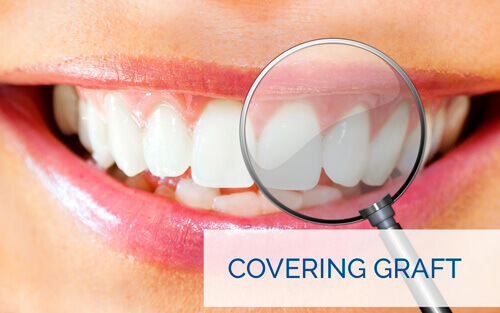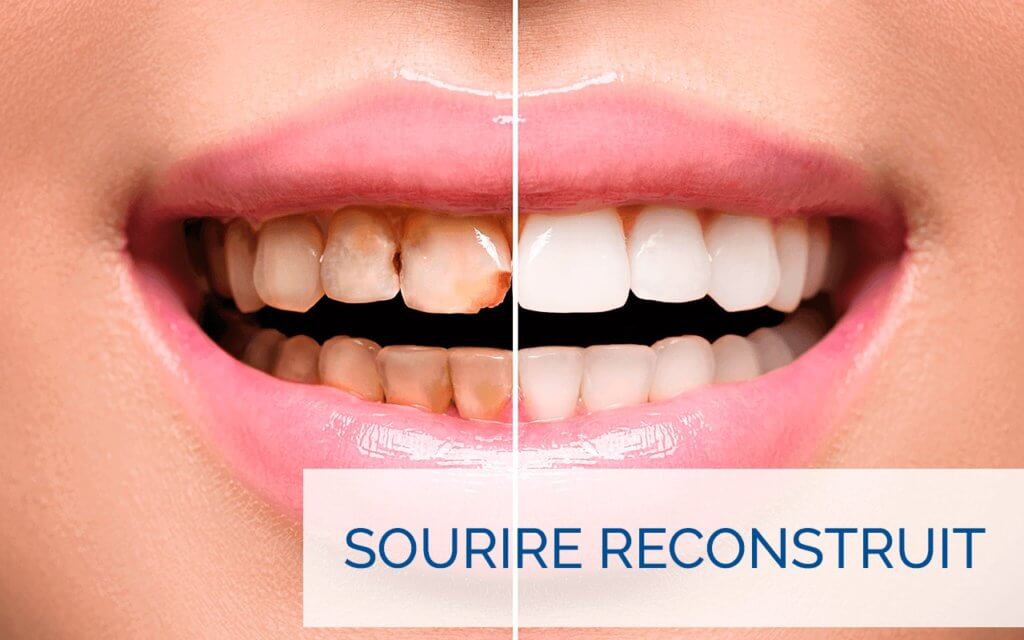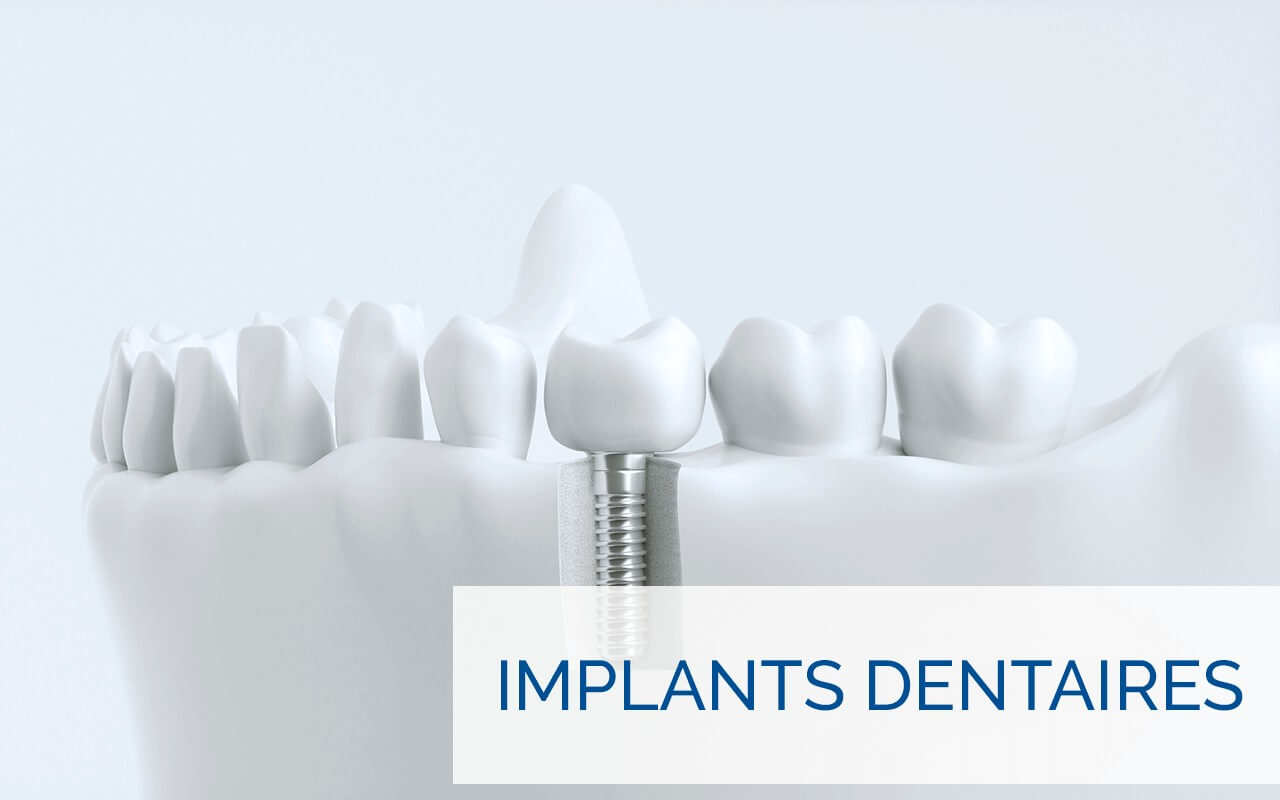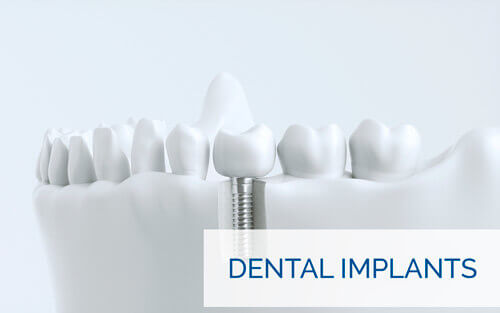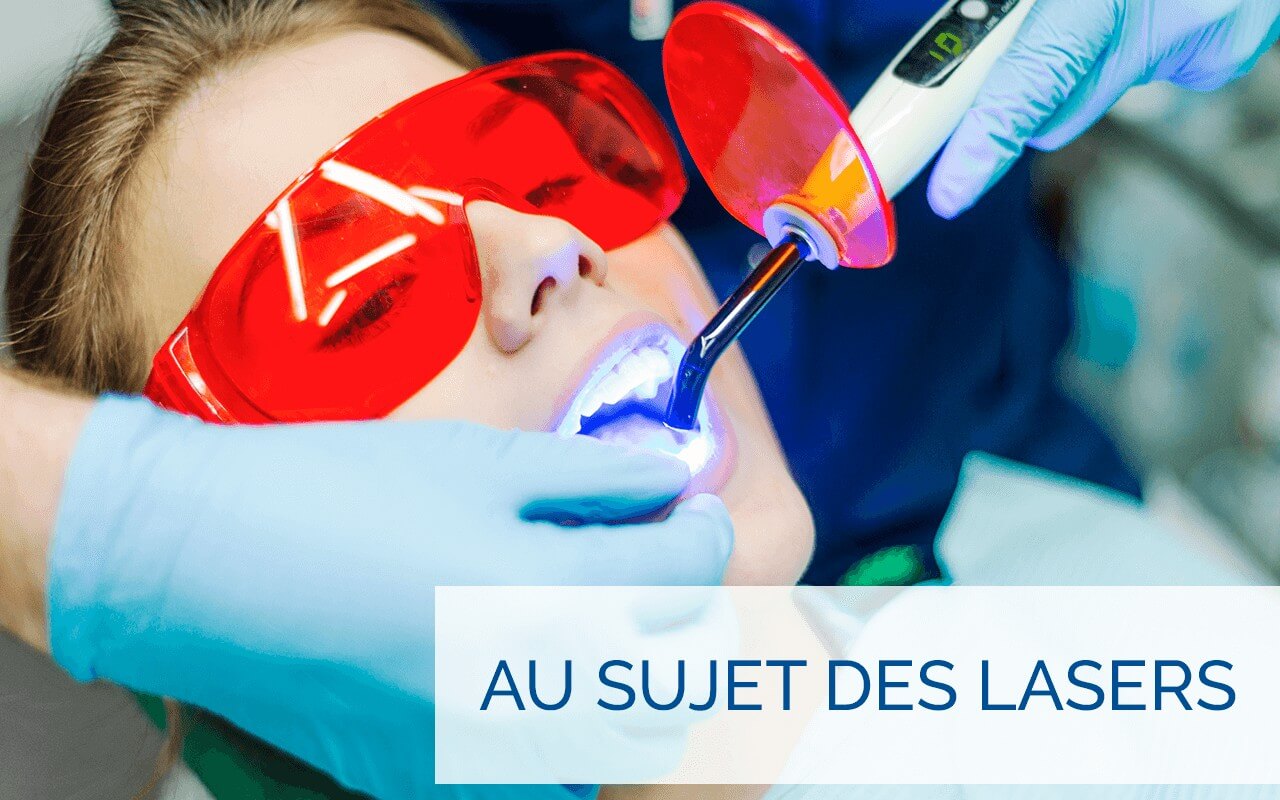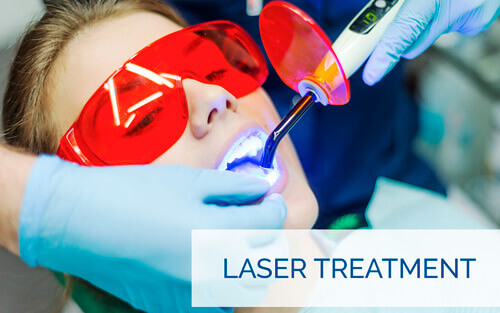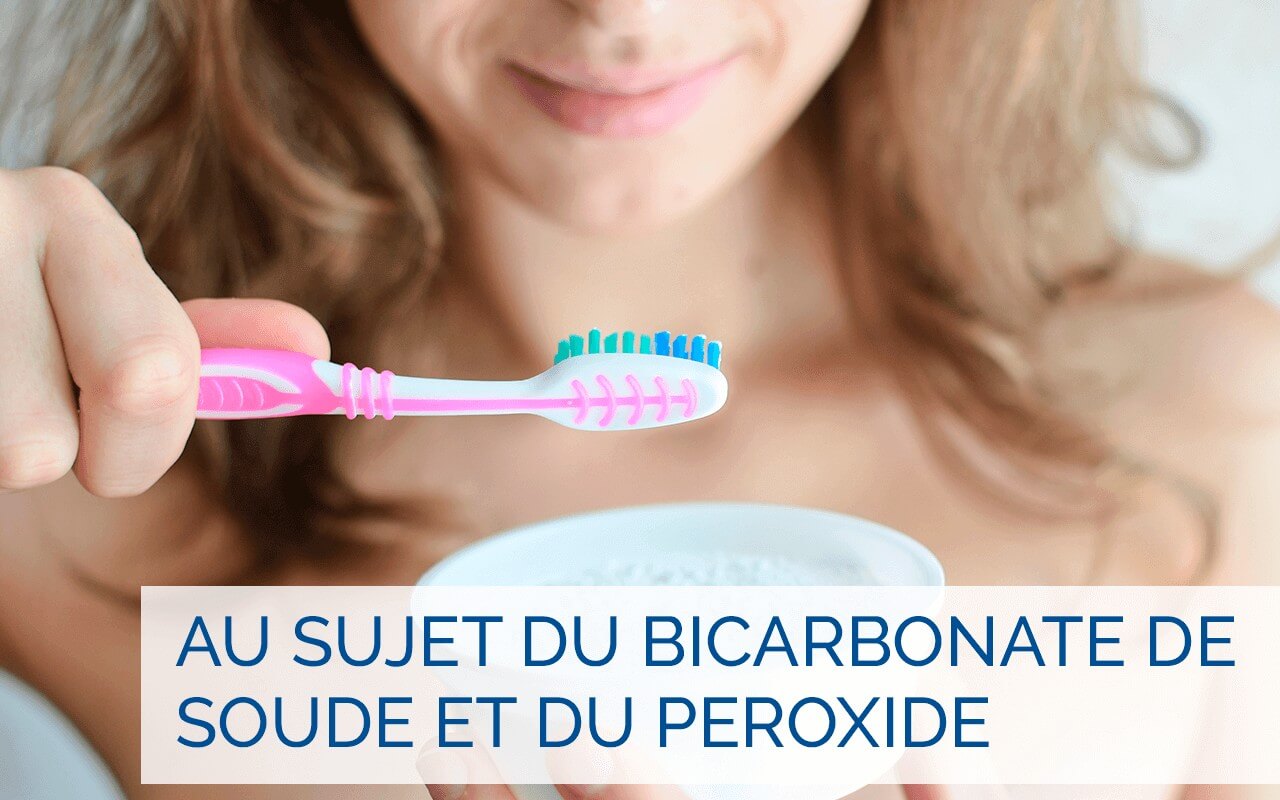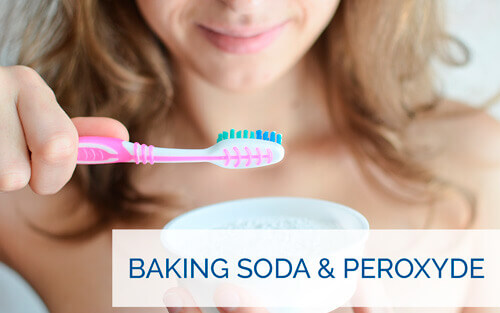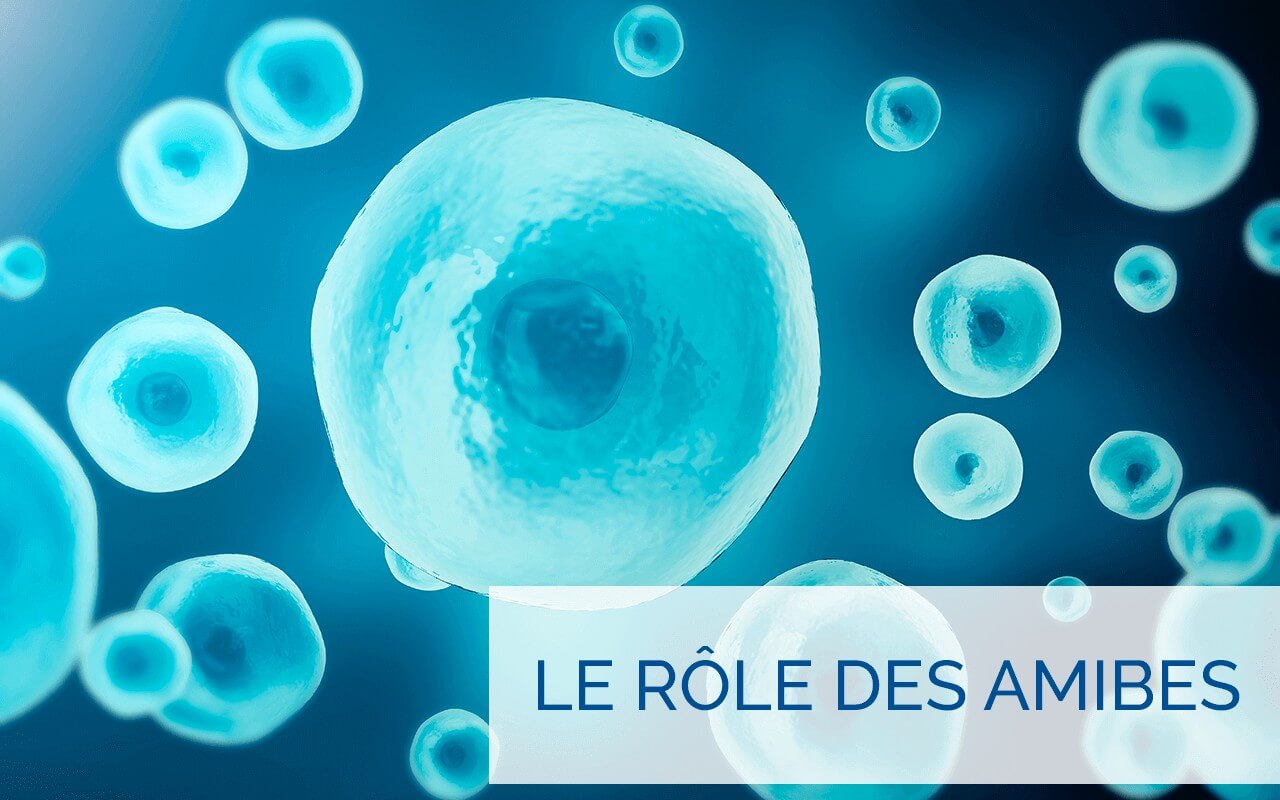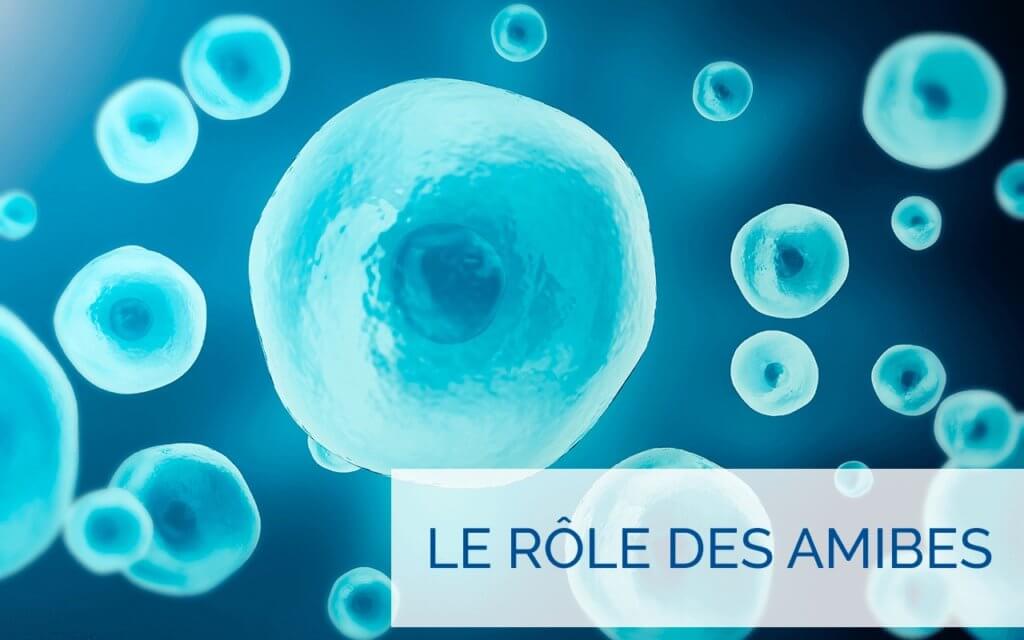À présent, nous faisons un prélèvement de plaque dentaire dans la bouche d’une personne atteinte d’une maladie parodontale. Vous regardez ensuite au microscope les microorganismes que nous venons de prélever. Lequel est responsable de la maladie? Est-ce la petite ronde en haut à gauche ou la grosse allongée en bas à droite? Pas évident, me direz-vous. Ce n’est pas écrit à sa surface.
Saviez-vous qu’on retrouve de 60 à 80 espèces de bactéries différentes dans une bouche donnée. D’autre part, on connaît environ 17 bactéries directement reliées à des maladies parodontales ou parodontites. Personne n’a été capable à date de démontrer que les amibes jouaient un rôle actif dans les maladies parodontales. Le seul fait d’en voir au microscope ne signifie pas qu’elles soient responsables de la maladie. Même si elles sont grosses et laides!
Comment peut-on déterminer si une bactérie est la cause d’une parodontite? Eh bien c’est le Dr Sigmund Socransky en 1977 qui a établi des critères stricts nous permettant de démontrer la responsabilité d’une bactérie dans le développement d’une parodontite.
Il faut démontrer que:
